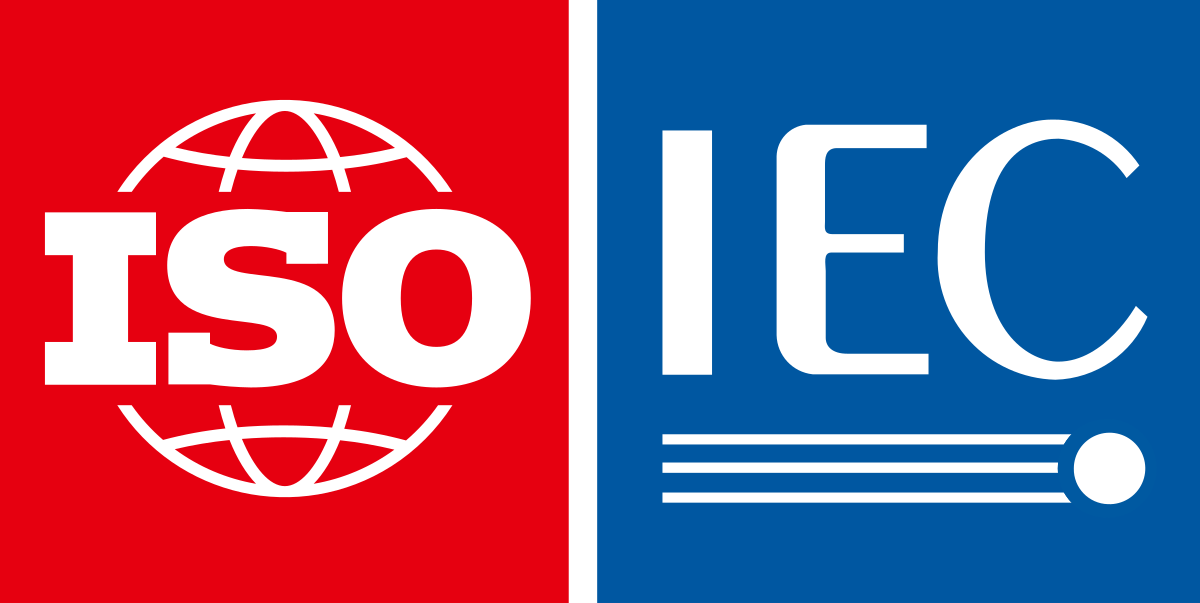What Are the Most Common Mistakes Growing Companies Make?
Learn to identify and avoid the critical errors that can derail your company's growth trajectory.
The Growth Paradox: Why Success Can Lead to Failure
Growth is the goal of virtually every business, but paradoxically, growth itself creates new challenges that can threaten a company's success. As organizations expand, the very factors that enabled their early success—agility, direct communication, founder-driven decision making—can become liabilities if not properly managed.
Understanding the common pitfalls that growing companies encounter can help you navigate these challenges more effectively. By learning from others' mistakes, you can implement preventive measures and develop strategies to maintain momentum while building a sustainable foundation for continued growth.
The Five Most Critical Growth Mistakes
Based on research and experience with hundreds of growing companies, these are the most damaging mistakes that can derail growth:
1. Premature Scaling
Adding resources, staff, or expenses before establishing product-market fit or sustainable revenue
Consequences:
2. Neglecting Culture During Growth
Focusing on business metrics while ignoring company culture and team dynamics
Consequences:
3. Inadequate Financial Management
Failing to implement proper financial controls, forecasting, and cash flow management
Consequences:
4. Losing Customer Focus
Becoming internally focused and losing touch with evolving customer needs
Consequences:
5. Failing to Adapt Systems and Processes
Continuing to use startup-phase processes that don't scale with growth
Consequences:
Growth Stage-Specific Challenges
Different growth stages present unique challenges. Understanding what to expect at each stage can help you prepare effectively:
Startup (1-10 employees)
Common Mistakes:
- Lack of clear focus
- Inadequate market validation
- Founder dependency
Prevention Tips:
- Establish clear success metrics
- Validate with paying customers
- Begin documenting key processes
Early Growth (10-50 employees)
Common Mistakes:
- Hiring too quickly
- Weak management layer
- Insufficient systems
Prevention Tips:
- Hire for cultural fit and skill
- Invest in management training
- Implement scalable systems
Rapid Growth (50-200 employees)
Common Mistakes:
- Communication breakdowns
- Culture dilution
- Cash flow problems
Prevention Tips:
- Establish communication frameworks
- Codify and reinforce culture
- Strengthen financial controls
Maturity (200+ employees)
Common Mistakes:
- Bureaucracy
- Loss of innovation
- Complacency
Prevention Tips:
- Balance process with agility
- Create innovation structures
- Maintain competitive awareness
Real-World Growth Mistake Examples
Learning from specific examples can provide valuable insights:
Rapid Hiring Without Infrastructure
A software company secured Series A funding and immediately tripled their headcount without updating their development processes or management structure. The result was a chaotic environment where new employees lacked direction, communication broke down, and productivity actually decreased despite the larger team. They had to pause hiring for six months to rebuild their operational foundation.
Chasing Revenue at the Expense of Fit
A professional services firm eager to grow took on clients outside their core expertise. While this temporarily boosted revenue, it stretched their team thin, reduced quality, and damaged their reputation in their primary market. They eventually refocused on their core strengths but lost significant momentum in the process.
Neglecting Cash Flow Management
An e-commerce company experiencing rapid sales growth invested heavily in inventory and marketing without proper cash flow forecasting. Despite growing revenue, they faced a severe cash crunch when seasonal fluctuations hit, forcing them to take on expensive emergency financing that significantly reduced their profitability.
Strategies for Sustainable Growth
To avoid these common pitfalls, implement these proven strategies for sustainable growth:
Implement Stage-Appropriate Leadership
Adapt leadership style and team structure to your current growth stage
Create Scalable Systems Early
Build processes and systems that can handle 10x your current volume
Maintain Strategic Focus
Resist the temptation to pursue every opportunity that arises
Invest in Culture Deliberately
Make culture-building as important as business-building
Establish Robust Feedback Loops
Create systems to gather and act on feedback from customers and employees
Creating a Growth Readiness Assessment
To evaluate your company's preparedness for growth, regularly assess these key areas:
Financial Readiness
- Do you have accurate financial forecasting and reporting?
- Is your cash flow management robust enough to handle growth fluctuations?
- Have you secured adequate funding or capital reserves for planned growth?
- Are your unit economics favorable and well-understood?
Operational Readiness
- Can your current systems handle 2-3x your current volume?
- Are key processes documented and standardized?
- Do you have scalable technology infrastructure?
- Is your supply chain or service delivery model scalable?
Team Readiness
- Does your leadership team have experience managing at the next level?
- Are roles and responsibilities clearly defined?
- Do you have effective onboarding and training programs?
- Is your organizational structure appropriate for your growth stage?
Market Readiness
- Is there sufficient market demand to support your growth plans?
- Do you have a clear competitive advantage that can be maintained at scale?
- Are your customer acquisition channels scalable?
- Do you have systems to maintain customer satisfaction during rapid growth?
The Bottom Line: Managed Growth for Long-Term Success
Growing a business successfully requires more than just increasing revenue—it demands thoughtful planning, strategic resource allocation, and continuous adaptation. By understanding and avoiding the common mistakes that derail growing companies, you can build a more resilient organization capable of sustainable, profitable growth.
Remember that the goal isn't just growth for growth's sake, but building a stronger, more valuable business. Sometimes this means growing more slowly but more sustainably, focusing on profitability over pure revenue growth, or pausing to strengthen your foundation before the next growth phase.
By taking a disciplined, strategic approach to growth and learning from the mistakes of others, you can navigate the challenges of expansion while building a company designed for long-term success.



